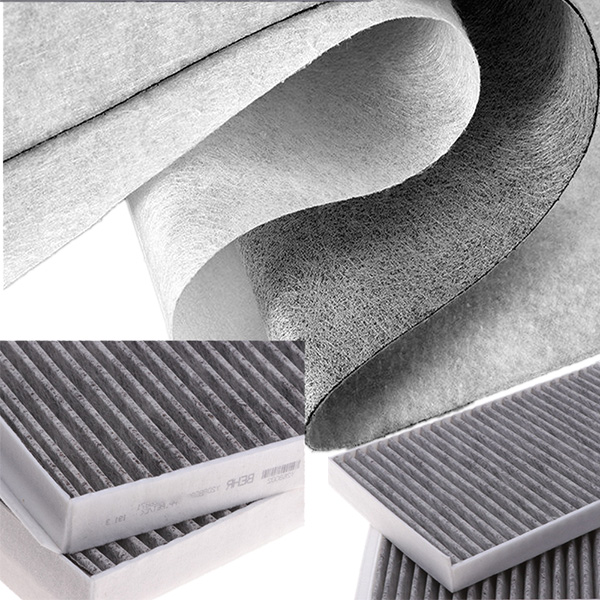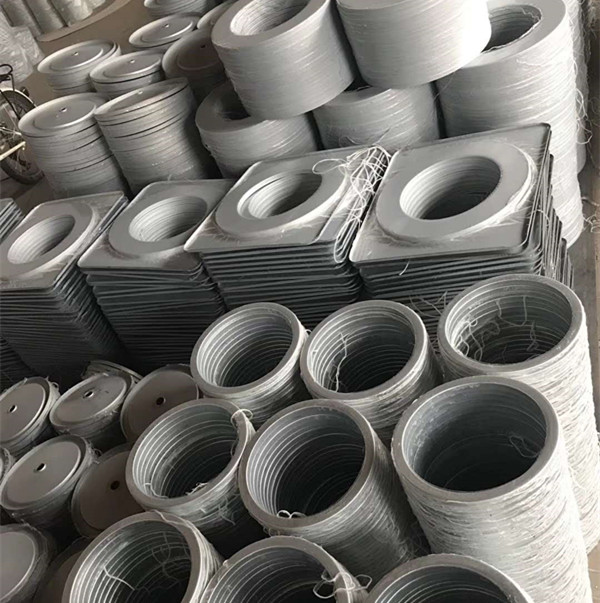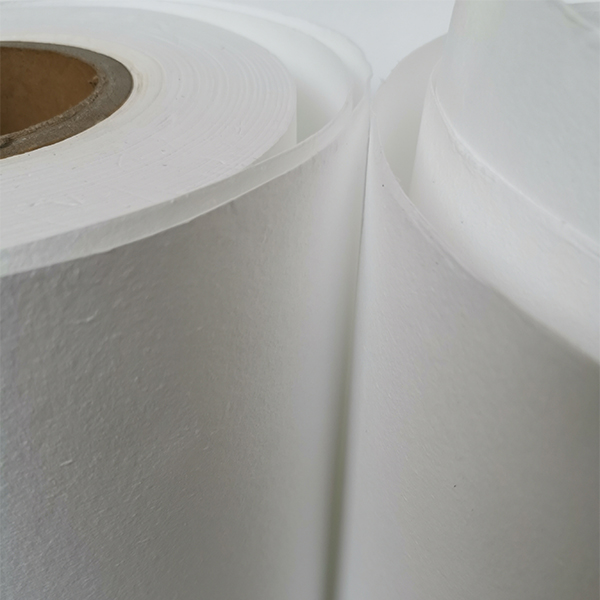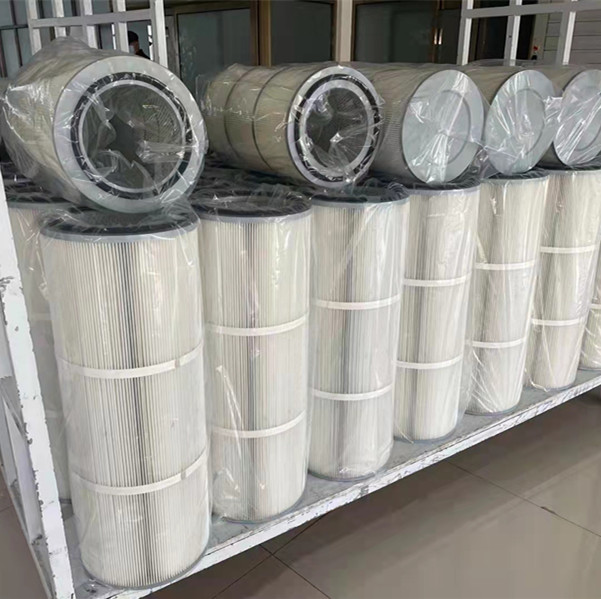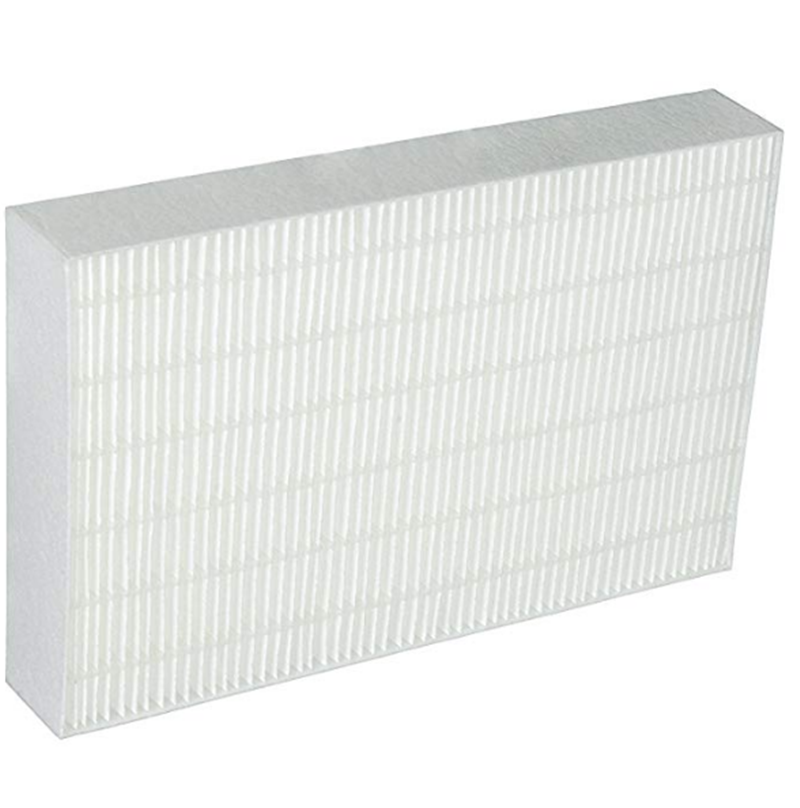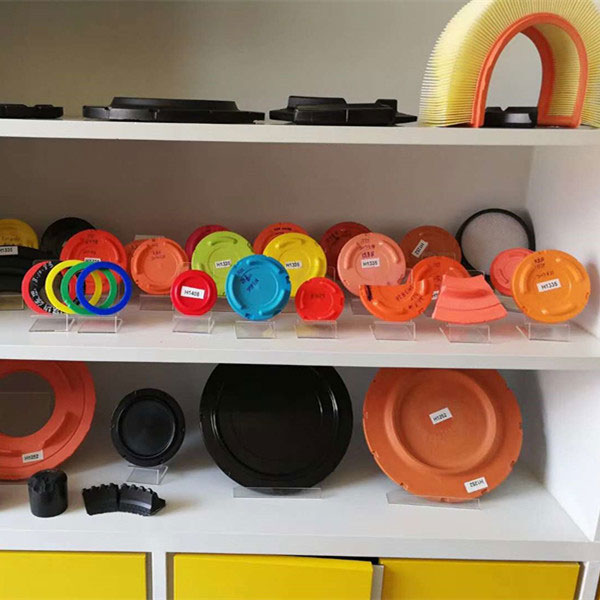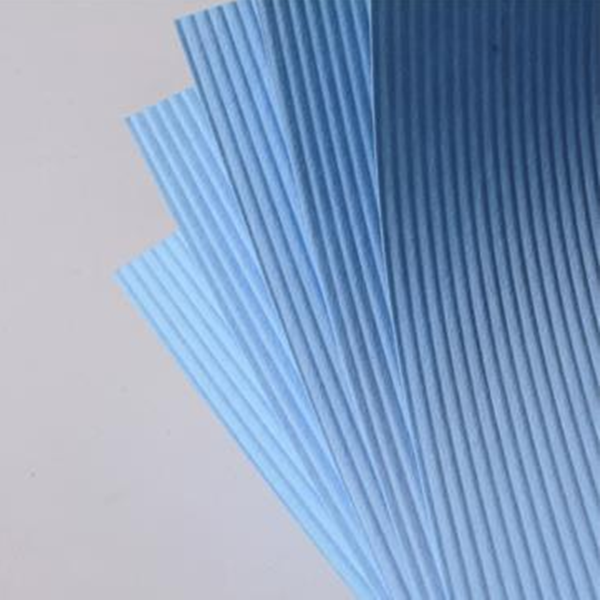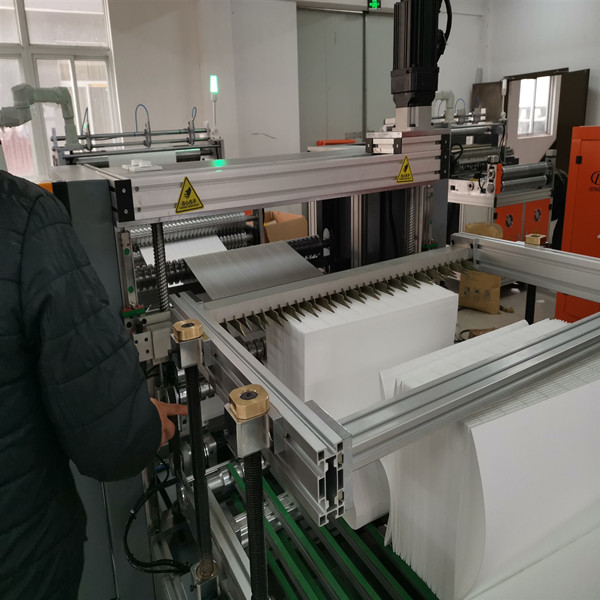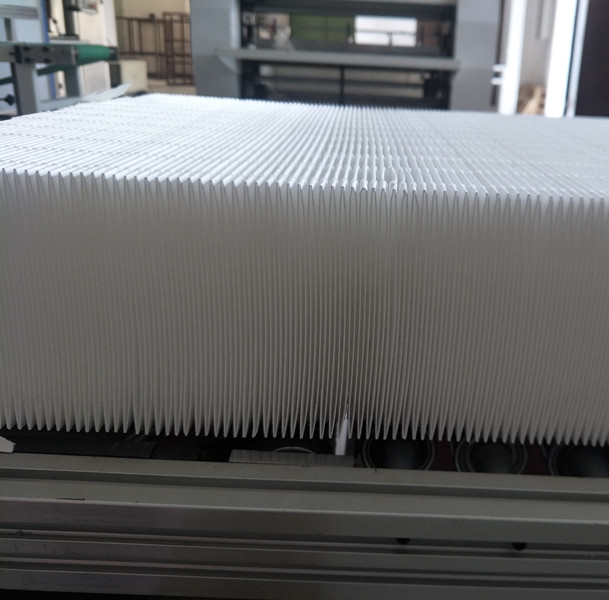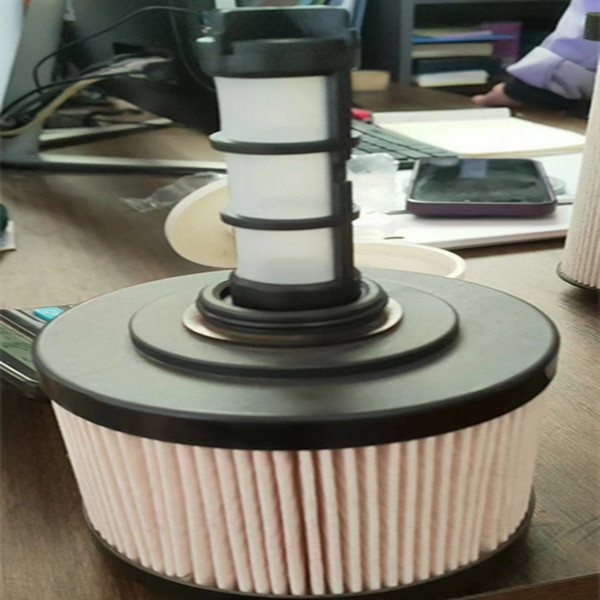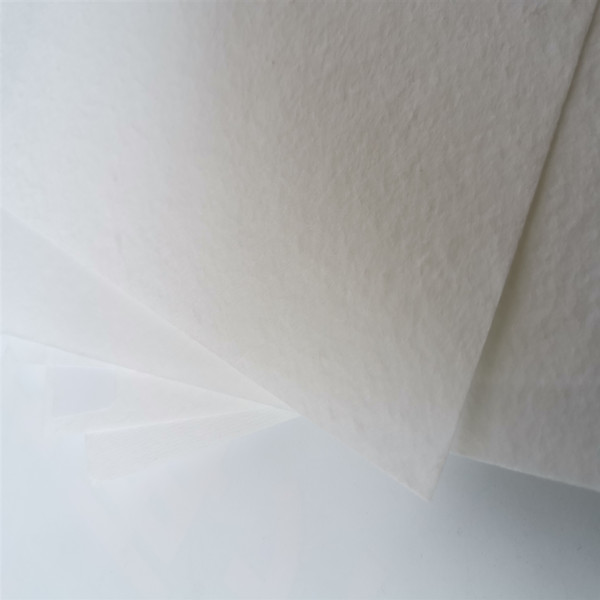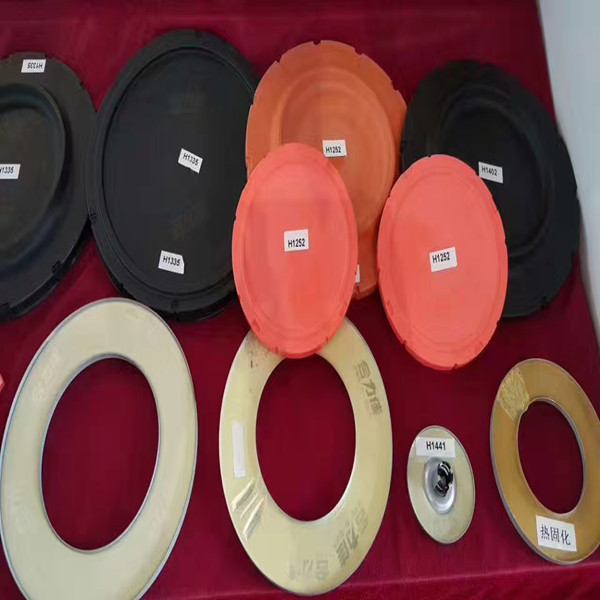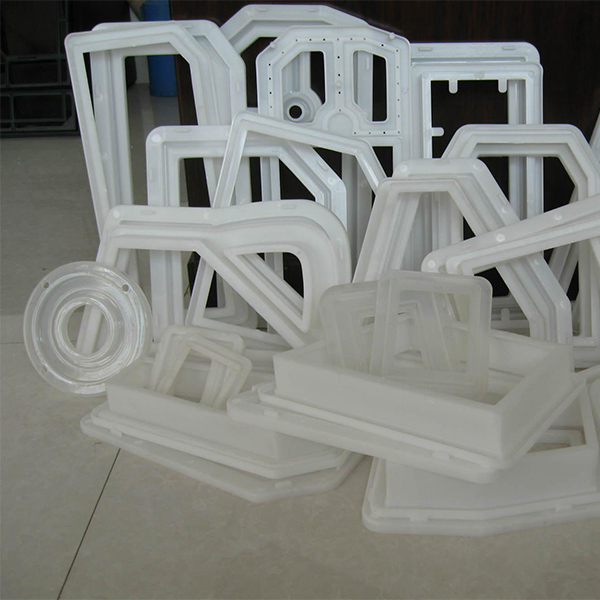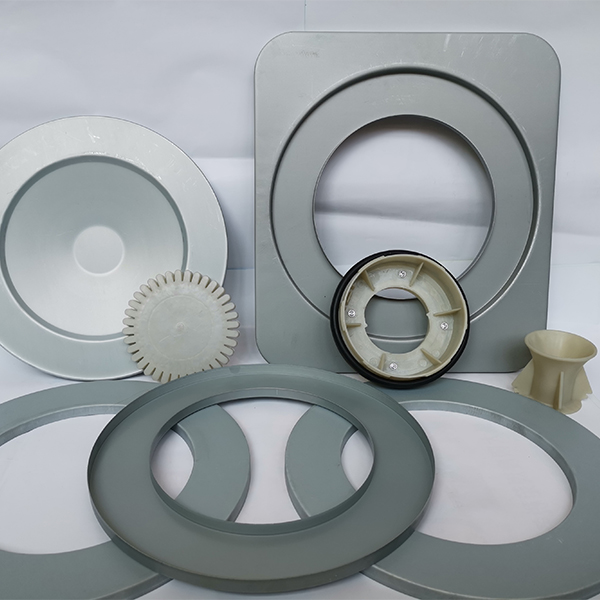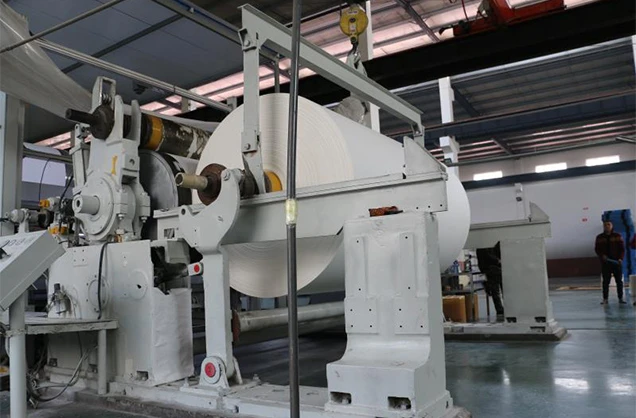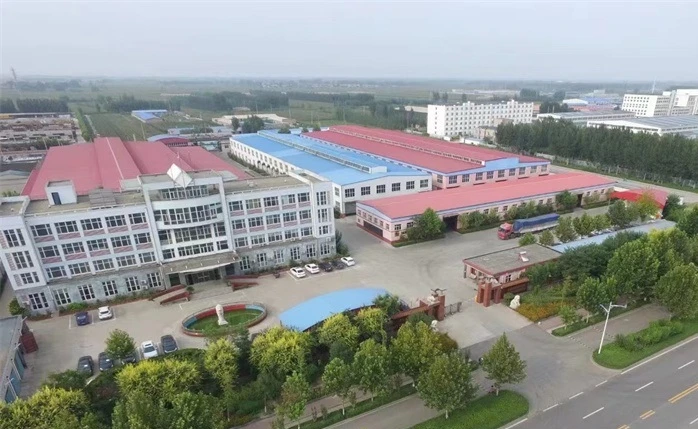This comprehensive guide explores the critical aspects of pocket air filter
s, their media variants, and industrial applications. Below is a structured overview of the content:
- Understanding the role of pocket air filters in modern filtration systems
- Technical specifications and performance benchmarks
- Comparative analysis of leading manufacturers
- Custom engineering solutions for specialized needs
- Real-world implementation case studies
- Maintenance protocols and lifecycle optimization
- Future developments in filter media technology
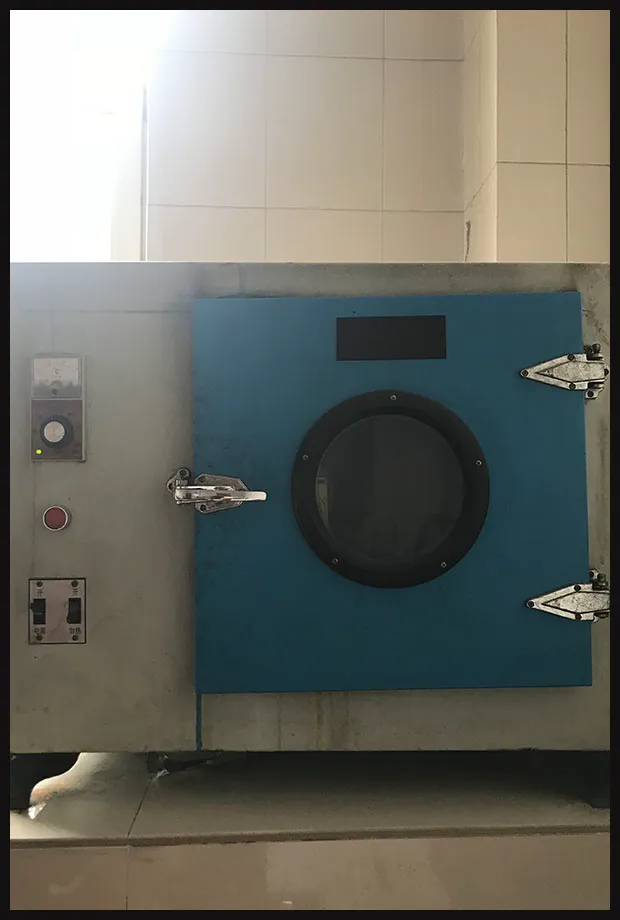
(pocket air filter)
Essential Considerations for Pocket Air Filter Selection
Pocket air filters demonstrate 94.7% average particulate capture efficiency in HVAC systems according to ASHRAE 52.2 standards. The pleated design increases surface area by 300% compared to flat panel filters, enabling airflow rates up to 3,500 CFM with ≤0.25" w.g. initial pressure drop. Industrial-grade F5 pocket filter media typically achieves:
- MERV 8-13 ratings for multiphase filtration
- 85-95% dust spot efficiency
- Operational temperature resistance from -40°F to 250°F
Performance Benchmarks: Technical Specifications
Third-party testing reveals significant variance in pocket filter durability:
| Brand | Filtration Efficiency | Max Airflow | Service Life |
|---|---|---|---|
| FilterPro X9 | 93.2% @ 3µm | 2,800 CFM | 9-12 months |
| AeroPure V5 | 95.8% @ 3µm | 3,400 CFM | 14-18 months |
Manufacturer Capability Assessment
Leading producers employ distinct material strategies:
- Glass fiber media (62% market share) vs synthetic blends (38%)
- Thermoplastic frames withstand 45 psi burst pressure
- Antimicrobial treatments increase cost by 15-22%
Custom Configuration Parameters
Engineered solutions accommodate:
- Non-standard pocket depths (6"-24")
- UL 900 Class 2 fire-rated media
- Electrostatic enhancement (+12% efficiency)
Implementation Case Studies
Pharmaceutical cleanroom installation data:
- 94% reduction in airborne particulates
- Energy savings: $18,400/year
- Filter change frequency extended by 140%
Optimizing Pocket Air Filter Longevity
Proper maintenance of F5 pocket filter media enhances operational efficiency by 30-45%. Recommended practices include:
- Differential pressure monitoring (replace at 1.5" w.g.)
- Bi-annual visual inspections
- Upstream pre-filtration (G4 prefilters)
Advanced Developments in Filter Media Technology
Next-generation pocket air filters integrate nanofiber layers (0.3-0.5µm fiber diameter) that boost efficiency without increasing airflow resistance. Hybrid media configurations now achieve:
- MERV 14 performance at F5 pressure drop
- 98.6% microbial capture rate
- 30-month service intervals in commercial applications

(pocket air filter)
FAQS on pocket air filter
Q: What is a pocket air filter used for?
A: A pocket air filter captures airborne particles like dust and allergens in HVAC systems. Its pleated design increases surface area for better efficiency. It’s commonly used in commercial and industrial settings.
Q: How does a pocket air filter differ from a panel filter?
A: Pocket air filters have multiple fabric pockets for higher dust-holding capacity, while panel filters are flat. They’re ideal for environments requiring extended filter life and improved airflow.
Q: What does F5 rating mean for pocket filter media?
A: F5 pocket filter media refers to a European standard (EN 779) with 40-60% efficiency in trapping 0.4-10µm particles. It’s suitable for medium-duty filtration in ventilation systems.
Q: How often should pocket air filter media be replaced?
A: Replacement depends on usage and environment, typically every 3-6 months. Monitor pressure drops or visible dirt buildup to determine timing.
Q: Can pocket air filter media be cleaned and reused?
A: Most pocket filter media are disposable and not designed for cleaning. Reusing them may compromise filtration efficiency and damage HVAC components.
Post time: ਮਈ-10-2025

